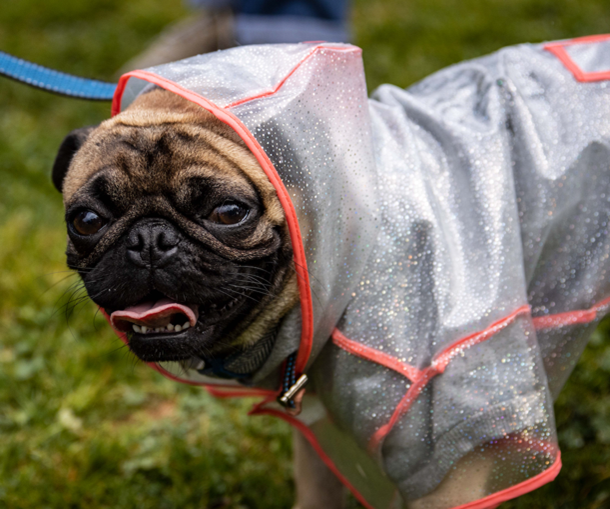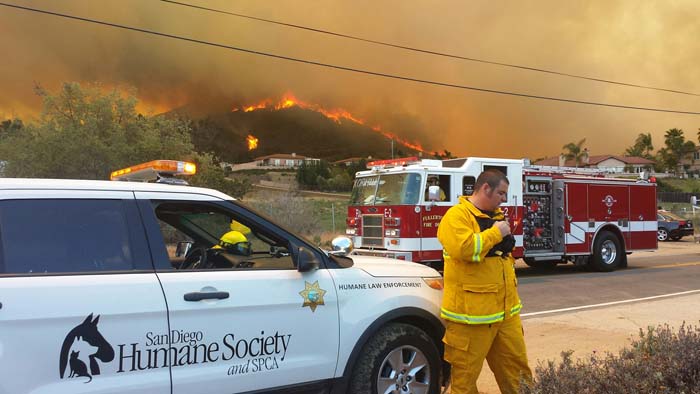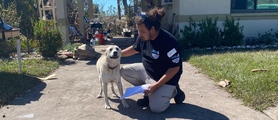Animal People:
Renee Harris
Animal Sheltering Consultant and Teacher at Top2Cats Consulting
Watch for the flick of a tail, twitch of an ear or a slow blink — each moment spent with an animal is part of an ongoing conversation, and Renee Harris is leading the way in creating meaningful human and animal communications. Renee's mission is to bring intention, compassion and understanding to interactions with animals, in shelters and in homes, to improve the lives of animals and the people who care for them. In our Animal People interview, she shares the lessons she's learn from a life devoted to animals.
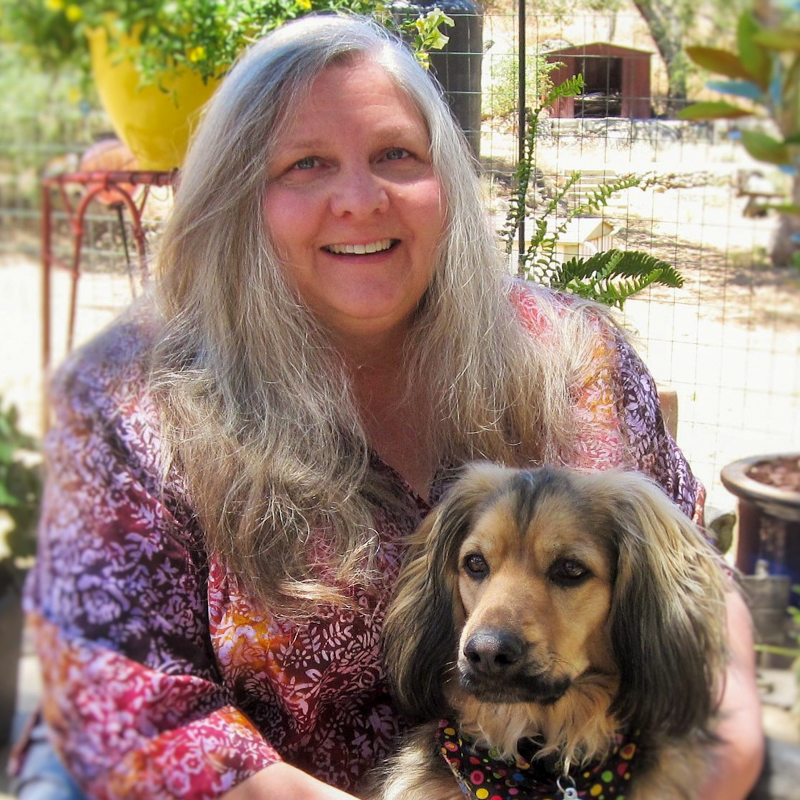
Who was the first animal to make an impact on your life?
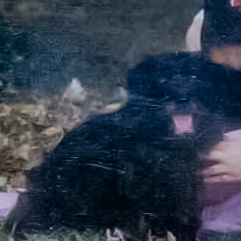 My first dog was Scottie, a cairn terrier mix who literally jumped in through our car window while we were driving slowly. I had already begun working at the local animal shelter, Helping Hands Humane Society (in Topeka, Kansas), at the tender age of 13, so we took Scottie to the shelter, where she was held for her required stray period. After significant begging, my parents finally adopted her for me. She was my first dog — all mine. Scottie was literally my best friend for over 18 years. She was with me through some major life milestones, including college and cross-country moves. She was my constant companion.
My first dog was Scottie, a cairn terrier mix who literally jumped in through our car window while we were driving slowly. I had already begun working at the local animal shelter, Helping Hands Humane Society (in Topeka, Kansas), at the tender age of 13, so we took Scottie to the shelter, where she was held for her required stray period. After significant begging, my parents finally adopted her for me. She was my first dog — all mine. Scottie was literally my best friend for over 18 years. She was with me through some major life milestones, including college and cross-country moves. She was my constant companion.
When did your journey in animal welfare begin?
I began volunteering at my local animal shelter after school when I was 12 years old. I always knew, as far back as I can remember, that I wanted to work with animals. Once I turned 13, I became a paid employee, working every day after school, every weekend and holiday at the shelter. It was truly my home away from home. I was scheduled in cleaning routines, gave out medications and vaccinations and completed adoption counseling. I was involved in absolutely every facet of animal sheltering you can imagine, including the most difficult task of assisting with euthanasia.
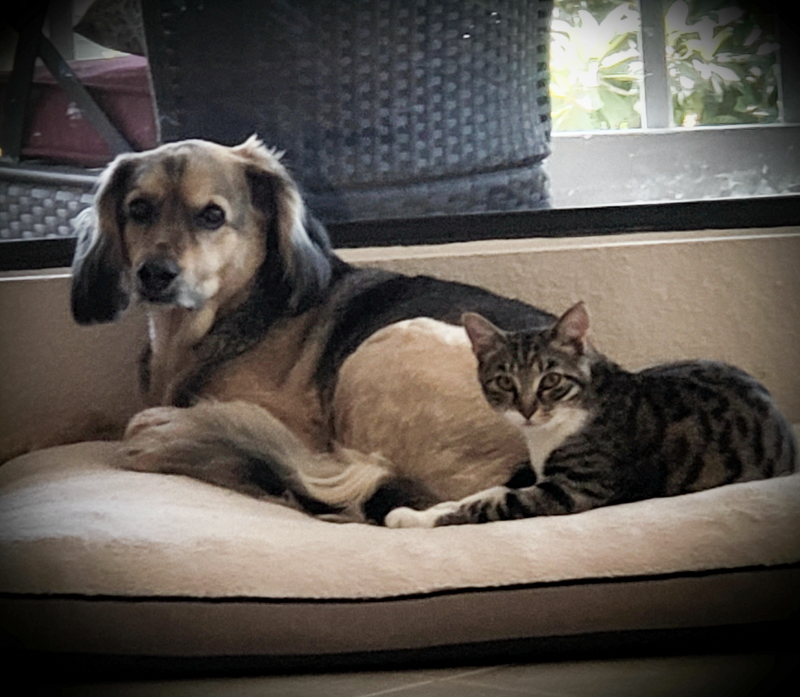
How have you seen animal welfare change since then?
From my perspective, shelters have always focused on ways to help animals and decrease euthanasia. The differences today, from when I was 13, the education level of the general public, the general higher standard of pet responsibility and, even more importantly, the recognition and resources available for animal welfare organizations. We now have the ability to really look and meet each individual animal's need through daily care, medical diagnostics and treatment, and behavior support. Each homeless animal entering a shelter is provided the same level of care as an owned pet. Standards have been established for our profession, which is wonderful, and organizations have learned to work together.
It has been absolutely amazing to participate in the growth within animal welfare over the years, and I have been humbled by the work. I have witnessed and been at the forefront of developing lifesaving programs for at-risk populations, especially during my 11 years with San Diego Humane Society. When I started in this field, we were drowning in just trying to do the best we could with the extreme number of animals coming in. Since then, we have been able to get ahead of these challenges and develop education and support for the community before the animals ever even make it to us. It is nice to see education and community support programs at the forefront of services many of the progressive shelters are providing.
There are times when we need to step back and truly see our accomplishments. In 1975 when I began working in animal welfare, it was estimated that 13.5 million animals were being admitted to shelters across the U.S. In 2020, the estimate was 6.3 million animals. How cool is that?!
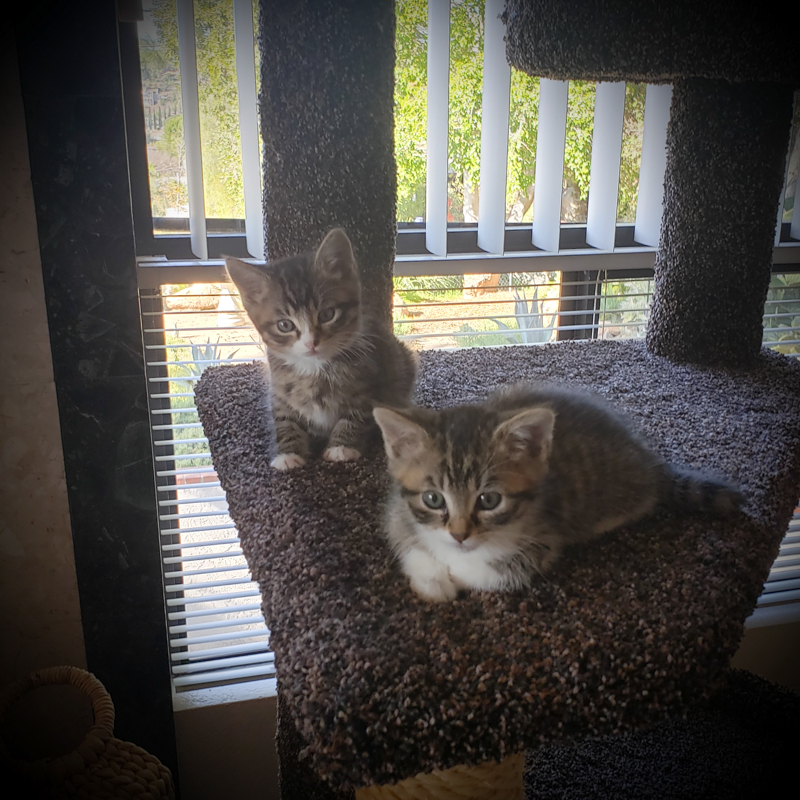
How have animals shaped the person you have become?
As a young child, animals positively influenced my life in ways that are difficult to even put into words. Through my experiences, I have learned the importance of being present. I've gained understanding and empathy, which allow me the opportunity to connect with individuals (of all species). This connection allows me the ability to meet their individual needs.
I have even learned to care about people and connect with them in a way that would not have been possible if I had not had the opportunities of working, living and caring for animals. My passion is not just for animals but for people as well — the people in our profession, pet owners and the people who would benefit from an animal just touching their lives for even a moment.
All of this has led me to where I am today. I absolutely love teaching, communicating and sharing information. My motto is to always leave animals in a better place than when we first met. I take pride in the most subtle changes to improved knowledge and emotional state. I have been doing this work for over 40 years, and I continue to grow and learn every day. I meet such incredible people in my work, and I have been so fortunate.
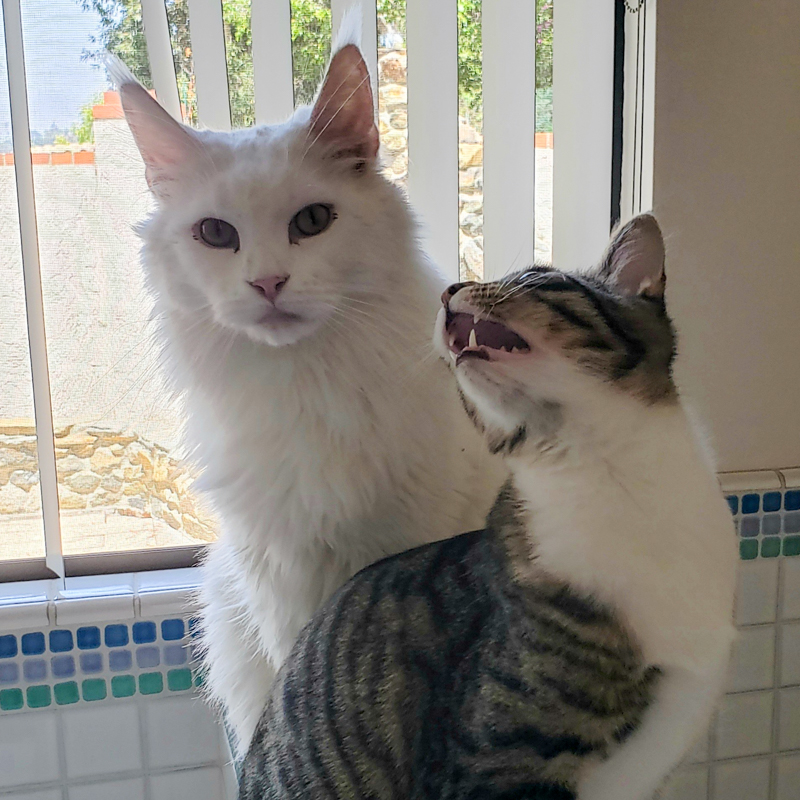
Who are the furry friends in your life now?
I have Huckleberry (my German shepherd), an incredibly charming gentleman who enjoys nothing more than to be near us. Huckleberry was adopted from San Diego Humane Society. He spent many of his days romping around the admin area, even playing with Gary's (SDHS president and CEO) dog Betty. I also have three cats. Jasmine is comical and a lady all in one — she is the matriarch of our pet family and spends much of her time sleeping on the king bed in the sunshine or on her heating pad. Then there are "the boys," Edgar and Stevie. Edgar is our big Maine coon, and he has such a wonderful, in-the-moment approach to life. He has a "no worries" attitude. Last, but certainly not least, is Stevie. He is our most recent "foster fail," also adopted from San Diego Humane Society. He has more energy than the other three pets put together and loves to play constantly. In fact, he develops his own games to play, like carrying his ball and dropping it down the stairs only to carry it back up and watch it bounce down again. He is certain that the other members of our furry family are his best friends and want nothing more than to play, groom and sleep with him. My son and his family actually adopted Stevie's brother, whose name is Charlie.
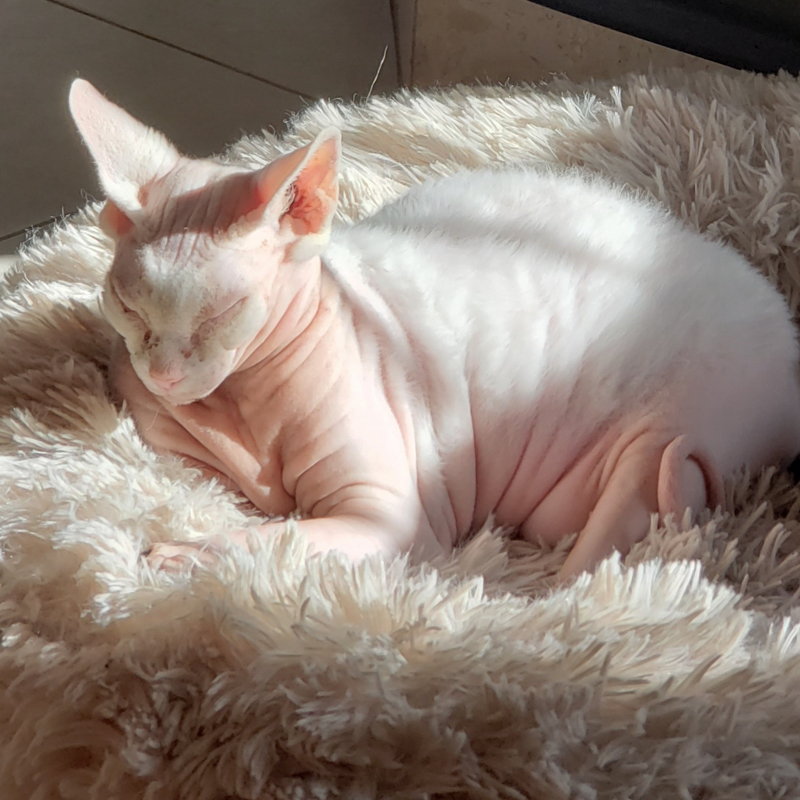
What do your animals mean to you?
They literally bring a smile to my face and a sense of warmth to my heart. I see their innocence, and they remind me of the importance of enjoying the simple things in life. I truly appreciate the humor they bring into my life with all of their shenanigans. These are in the "whoops" moments, such as, "Were you drinking that water?" or "Sorry, didn't mean to knock over your favorite coffee cup that your son made for you when he was 5." And one of my favorites: "You left the garbage door unlocked and I just had to enjoy all the wonderful trash tidbits you left as my enrichment for the day." I always tell people to just be prepared to lose something of value when you have a pet — and it doesn't have to be monetary. The upside, of course, is that we love them! And "%^&*" does happen, sometimes literally!
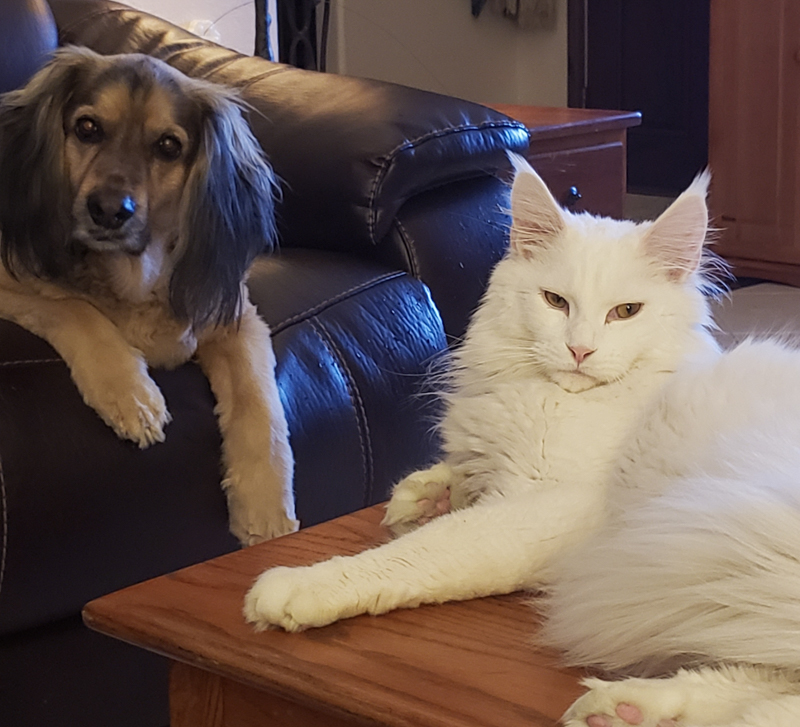
How do you recommend approaching shy animals?
The most important tip I can share is to be present and approach every meeting as either a new or continuing conversation. Your goal should always be to leave the pet in a better emotional state. Think about a dog displaying fearful behaviors in his kennel — with a cowering body, lifting a paw, avoiding eye contact, with ears back, body tense and tail tucked. The best thing you can do is understand that this dog is asking for distance and provide him with the appropriate body language to say, "I hear you." We can do this by turning our bodies to the side, kneeling down (so we are not standing over them), avoiding eye contact, leaning our body weight away from the dog and tossing a tasty treat to the dog. Then, give the dog a little bit of time (seconds to a minute).
Watch out of the corner of your eye to see how the dog responds. Has the dog's posture changed so they aren't cowering, is their body less tense and perhaps the tip of their tail wagging? As soon as I see that the dog is "better," no matter how slight the change, I'll reward them with more treats, leaning away slightly as I raise myself to leave. I have left them feeling better than when we first met. The next time we meet, it most likely will not be as stressful for the dog, and we can pick up our conversation from where we left off. This was an example for a dog, but it is true for a cat as well. You just need to make sure that you are communicating in cat. Dogs and cats read your facial expressions, your eyes, voice and tone. Try not to rush or freeze, but make your communication fluid and real. These are all steps we can take to build a relationship through proper communication.
How does this benefit life with animals?
It's more than just learning animal behavior, it is about learning how to enjoy the best conversation and interaction possible, with depth of understanding and meaning. It leads to such wonderful collaboration. My goal when interacting with an animal is to leave them in a better place, mentally and emotionally. I am only able to do this through communication. It is not just learning how to read an animal, but to embrace a full-on conversation and hear what they are asking or saying, and then return the proper information back to them. The better you know how to communicate with your animals, the better their lives will be.
Published: December 6, 2021



